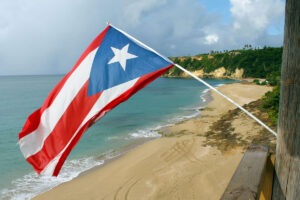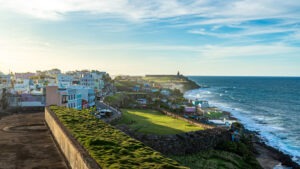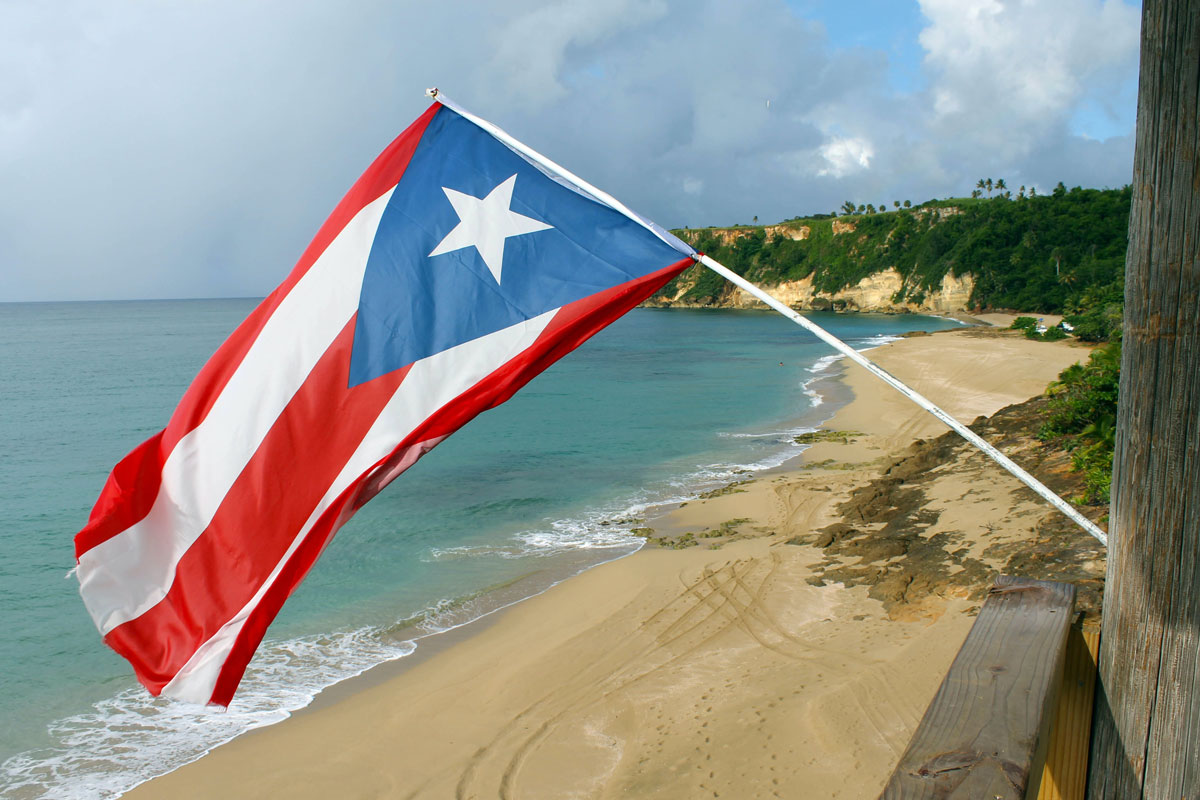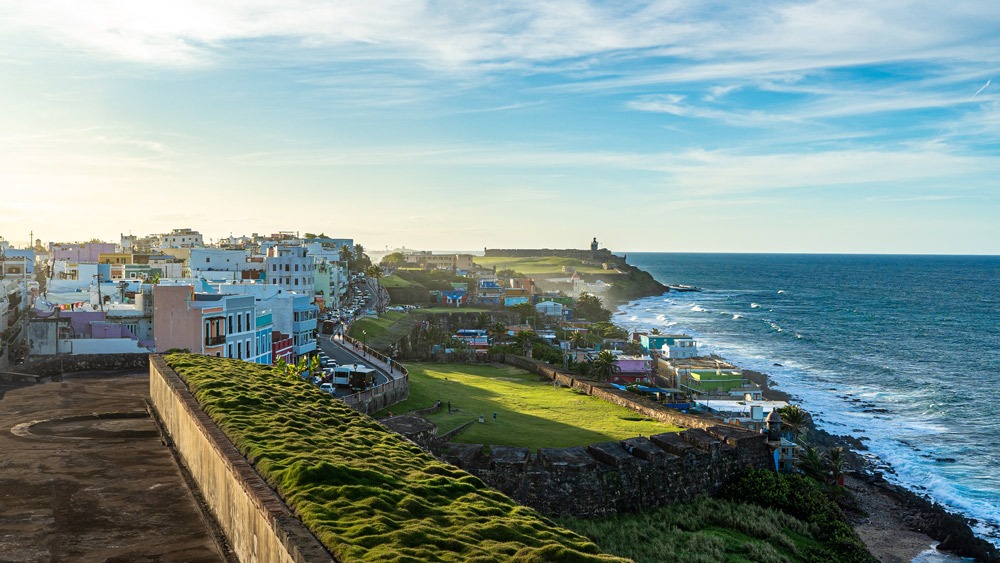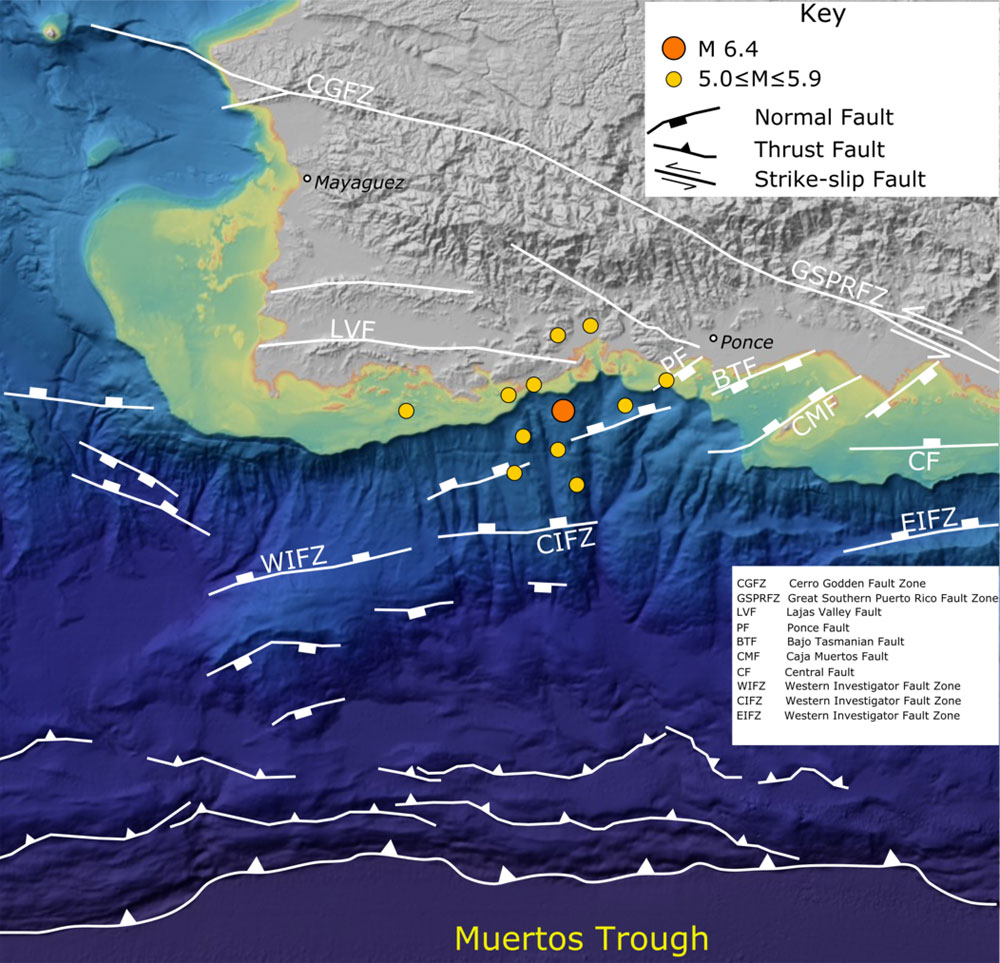
March 1, 2020; New York Times
It is said bad things come in threes. True or not, this certainly seems to have been the case in Puerto Rico, which has suffered from bankruptcy, the devastation of hurricane Maria in 2017, and, most recently, major earthquakes this past January, aftershocks of which continue, with 43 “significant” quakes occurring the last week of February.
As NPQ observed earlier this year, it ironically took the added disaster of earthquakes to get the White House to release $16 billion approved by Congress to support hurricane recovery.
One might think that, perhaps chastened by dramatic shortfalls in discovery response to the hurricane, both the Puerto Rico government and FEMA would be more responsive this time around. But it doesn’t look that way.
“If they learned anything from Hurricane Maria, they are not making it apparent,” remarks Yarimar Bonilla, an anthropologist at Hunter College in New York City who studies Puerto Rico’s disaster recovery efforts. “Maybe they learned that they don’t have to do anything, and people will sort it out, because that’s what they are doing.”
Nearly two months after the main earthquake, more than 150 schools have yet to reopen. Distrust of the government, writes Frances Robles in the New York Times, has “prompted many people to set up their own camps along busy roads rather than use shelters managed by the authorities.”
Sign up for our free newsletters
Subscribe to NPQ's newsletters to have our top stories delivered directly to your inbox.
By signing up, you agree to our privacy policy and terms of use, and to receive messages from NPQ and our partners.
A total of roughly 8,300 houses were damaged in the main January 7th earthquake, about 2,500 of which are uninhabitable, Puerto Rico’s Department of Housing estimates.
Robles reports that to date the Federal Emergency Management Agency has disbursed approximately $20 million to about 8,500 applicants for home repairs and to subsidize rent for those who were dislocated from their homes. That works out to roughly $2,350 per successful applicant. More than 30,000 have applied, meaning that less than a third of applicants have received any aid so far.
There is also considerable stress from the constancy of quakes. More than 3,000 have occurred to date. The US Geological Survey has estimated that aftershocks could continue for “years to decades” and that there is a 20–30 percent chance that another earthquake as large as the January 7th tremor could occur.
“Fear is the greatest enemy we have right now,” remarks Elizabeth Vanacore, a University of Puerto Rico seismologist.
Jenniffer Santos-Hernández, a research professor at the University of Puerto Rico, tells Robles that she visited one community that is building one-room shacks with metal roofs. “There is no sense of urgency,” she remarks. “These are inhumane conditions.”
In Yauco, Robles interviewed Amelia Vélez. Vélez and a few dozen members of her extended family are now living in eight-by-12-foot wooden structures with metal roofs, built not by the government, but by a local pastor, who constructed the temporary housing at the edge of a cliff, as the group waits for possible FEMA aid. The makeshift housing works for now, but Vélez knows that the structures are not suitable for storms. “We have to have a Plan B,” she observes.—Steve Dubb



